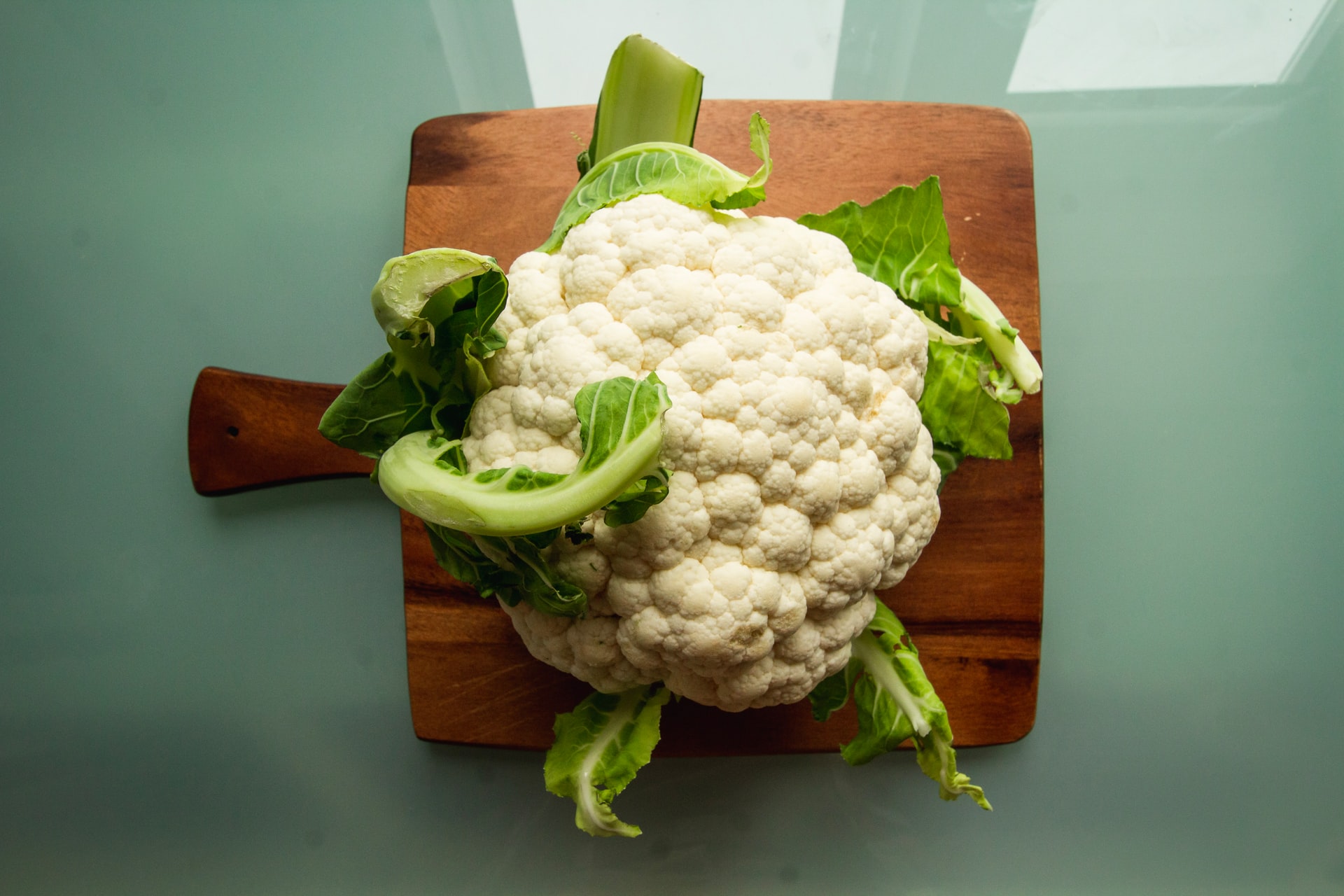Cauliflower (Brassica oleracea var. botrytis L.), originating from the Mediterranean and the Middle East, has been cultivated in these regions since the 6th century BC. It became more widely grown in Europe from the 12th century, starting in Greece. The largest producer of cauliflower today is East Asia, with significant production in Spain, France, and Italy in Europe. In our region, cauliflower is grown throughout the country, with autumn consumption in continental areas and from late autumn to early spring in coastal regions. For several decades, cauliflower or “karfiol” (Brassica oleracea var. botrytis) has been available almost year-round, except during the hottest summer months. The edible part of cauliflower is the curd, also known as the head, which is preferred to be firm, fine-textured, white, and medium-sized up to 1 kg. Cauliflower is an excellent dietary vegetable, commonly consumed cooked in various dishes.
Nutritional Value and Varieties
Cauliflower is a popular dietary vegetable from the cabbage family, rich in vitamins, minerals, and phytochemicals. While white cauliflower curds are typically preferred by consumers, there is growing interest in colored varieties (orange, green, yellow, and pink), which differ in nutritional value. There is increasing consumer interest in “new” vegetables from the cabbage family, such as the light green curd with an unusual shape known as Romanesco. Romanesco is actually the result of crossing two varieties within the species (Brassica oleracea): broccoli (B. oleracea var. italica) and cauliflower (B. oleracea var. botrytis), also known as “broccoflower.”
The goal of cultivation is to produce the curd, which, like in cauliflower, develops on a shortened stem. However, the flower buds within the Romanesco curd are significantly larger. In broccoli, both the curd and the top of the flowering stalk are consumed, along with the lateral shoots that develop from leaf axils after the main curd is harvested. In Romanesco and cauliflower, apical dominance is not expressed, so no lateral shoots with curds are formed. Romanesco has a sweet taste, making it appealing in children’s meals. Numerous analyses of the ontogenetic and morphological properties of Romanesco varieties have shown that this interesting vegetable is actually a type of cauliflower rather than broccoli. Therefore, the light green curd varieties with a pyramidal shape are classified as a special type of cauliflower—Romanesco. Compared to white cauliflower, Romanesco stands out for its higher values of vitamin C, carotenoids, polyphenols, and high antioxidant activity due to the presence of plant pigments.
Nutritional Composition of Cauliflower
Cauliflower is a valuable dietary food, commonly consumed boiled, baked, or as an addition to various dishes. It can be preserved by freezing or pickling (“sour salad”).
The nutritional value of cauliflower and its mineral-vitamin composition are presented in the following tables. The edible part of the cauliflower is the metamorphosed inflorescence or “head.” Cauliflower is a dietary food with an energy value of 25 kcal or 103 kJ per 100 g of fresh cauliflower.
Table 1: Nutritional Value of Fresh Cauliflower
| Nutrients | Amount (%) |
|---|---|
| Crude Protein | 1.5 – 2.7 |
| Crude Fat | 0.2 – 0.3 |
| Carbohydrates | 3 – 4.6 |
| Fiber | 0.7 – 2.5 |
| Minerals | 0.8 |
| Water | 91 – 94.5 |
Table 2: Mineral Content in Cauliflower
| Minerals | Amount (mg/100 g) |
|---|---|
| Sodium | 10 – 24 |
| Potassium | 295 – 310 |
| Magnesium | 0.2 – 17 |
| Calcium | 17 – 31 |
| Phosphorus | 30 – 72 |
| Iron | 0.3 – 1.4 |
| Sulfur | up to 80 |
Table 3: Vitamin Content in Cauliflower
| Vitamins | Amount (mg/100 g) |
|---|---|
| Carotene | 0.02 – 0.05 |
| K | 3.2 – 4 |
| B1 | 0.05 – 0.2 |
| B2 | 0.07 – 0.15 |
| B3 | 0.5 – 1.1 |
| B5 | 0.8 – 1.2 |
| B6 | 0.15 – 0.3 |
| C | 35 – 87 |
Morphological Characteristics of Cauliflower
The cauliflower curd, which is the part cultivated for consumption, can be white but may turn ivory or even brown under ultraviolet rays (direct sunlight).
Cauliflower develops a strong and branched root system in the top 30 cm of soil. The stem is fleshy, ranging in height from 15 to 40 cm.
Leaves can vary in shades of green with a waxy coating and may have wavy or straight edges, with lengths varying from 25 to 45 cm and widths around 15 cm. Younger leaves are lighter in color and smaller, often covering the curd (the “head”).
The “head” is the edible part of the cauliflower, essentially a compact, hypertrophic cluster of undeveloped flower buds on a thick, branched flowering stem. The curd can be various colors (white, orange, green, yellow, crimson, pink) depending on the genotype. White curds can turn ivory under ultraviolet light and may darken to brown.
If the curd is not harvested at the right time (technological maturity), the flowering branches elongate, and the head becomes loose. Branches often grow from the edges, with raceme-like inflorescences forming flower clusters. A single plant can have 5-8 thousand flowers.
Cauliflower seeds are smaller than those of other cabbages, with up to 450 seeds per gram.













































